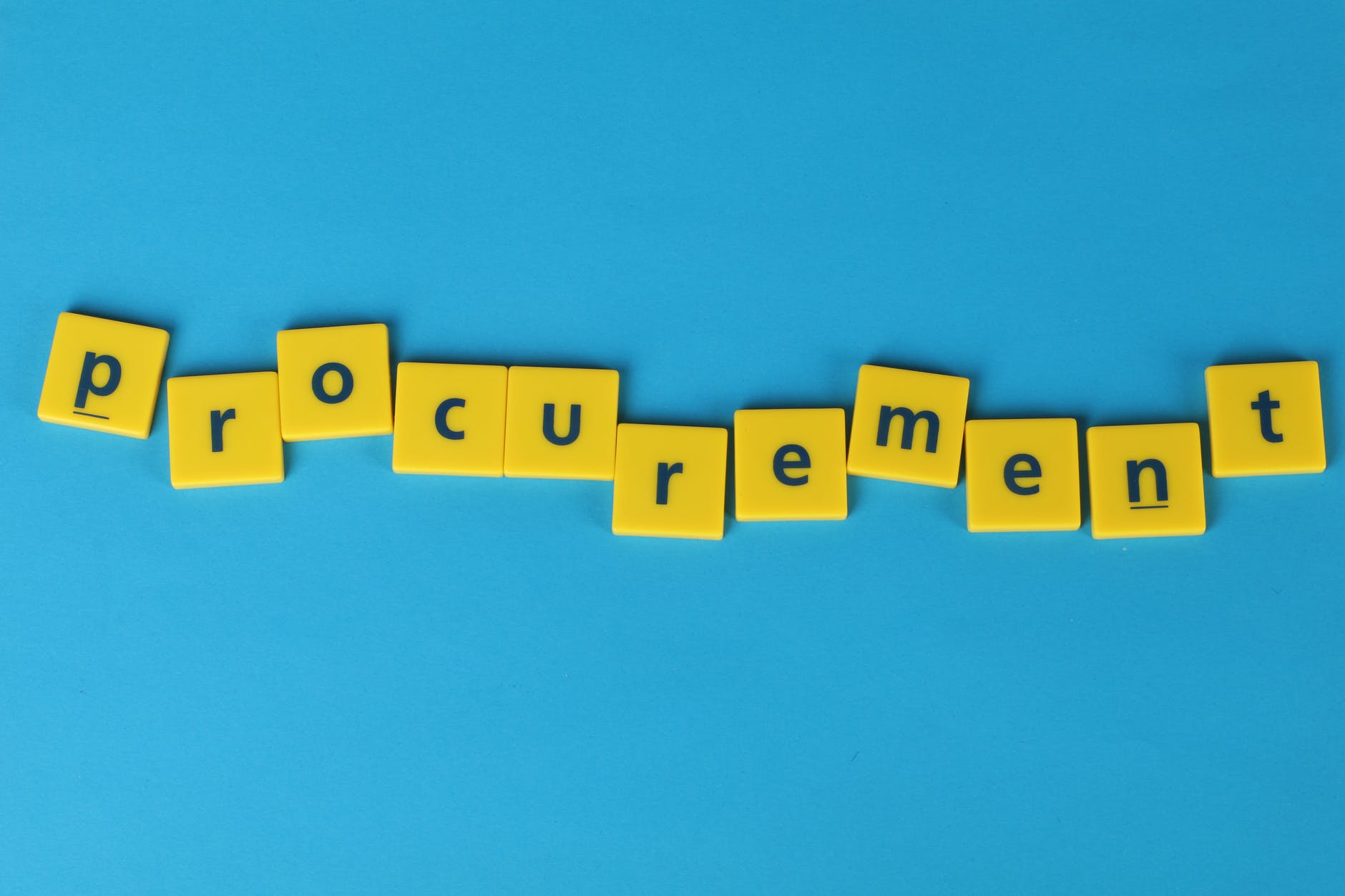Build lease transfer BLT
Contents |
[edit] Introduction
Procurement is the process of purchasing goods or services. There are many different routes by which the design, construction and operation of a built asset can be procured.
Build, lease, transfer (BLT) is a form of procurement in which a private contractor builds (and finances) a project on behalf of a public sector partner (or client) and then leases the project back to the client for a predetermined period (referred to as the lease or concession period).
The development is then occupied by the client, who pays rent to the contractor for a minimum term under a leasehold agreement. The level of the rent is generally a function of the total development costs (including land acquisition, design, construction and operating costs).
At the end of this period, the contractor transfers the ownership of the project to the client for a price that was previously agreed.
This is a type of public private partnership (PPP). PPPs are a very broad range of partnerships in which the public and private sectors collaborate for some mutual benefit. PPPs can be arranged with either central or local government.
In theory, one of the benefits of this sort of procurement route is that the contractor has to consider the full life cycle of the development when making design and construction decisions. The drawbacks include the complexity of project agreements, and the difficulty of estimating costs and risks over long periods. Private Finance Initiative (PFI) projects, a form of PPP, have come under significant criticism for not delivering value for money to public sector clients.
[edit] Operations responsibilities
In some instances, the public sector partner may include operations in its BLT arrangement. However, it is more common for the client to handle operations while the contractor takes responsibility for maintenance during the period of the lease. At the conclusion of the concessionary period, maintenance (and operations, if applicable) typically reverts to the client.
This procurement method is sometimes used for healthcare, education and transportation facilities, although it may be suitable for other types of public projects such as roads, bridges, dams, railways, tunnels, and so on, or facilities such as prisons, libraries, leisure centres and so on.
[edit] Similar models
Related forms of procurement (some of which are essentially different descriptions of the same process) include:
- Build, lease, operate, transfer (BLOT) model, in which a private contractor builds a project on leased public land and operates the facility for the duration of the lease; once the lease is completed, ownership is transferred to the public entity or client.
- Build, operate, transfer (BOT), whereby the private organisation does not own the project as an asset, they merely receive a concession to operate it for a period of time. See Build operate transfer BOT.
- Build, own, operate, transfer (BOOT), in which the private organisation undertakes a public project and is then granted the right to own, maintain and operate the project for a set period of time, during which they can draw fees from users of the asset. Once the time period has elapsed, the control of the project transfers to the public sector partner, either freely or for a fee that is stipulated in the original contract.
- Design, build, finance and operate (DBFO), which also assigns the design responsibility to the private organisation.
- Design, build, finance, transfer (DBFT), which is a project delivery method that allows a contractor with expertise in design, construction and financing to be appointed to design, construct and arrange financial resources for the works. This is similar to design build finance and operate (DBFO), other than the contractor eventually transfers ownership of the project back to the client.
[edit] Related articles on Designing Buildings Wiki
Featured articles and news
Moisture, fire safety and emerging trends in living walls
How wet is your wall?
Current policy explained and newly published consultation by the UK and Welsh Governments.
British architecture 1919–39. Book review.
Conservation of listed prefabs in Moseley.
Energy industry calls for urgent reform.
Heritage staff wellbeing at work survey.
A five minute introduction.
50th Golden anniversary ECA Edmundson apprentice award
Showcasing the very best electrotechnical and engineering services for half a century.
Welsh government consults on HRBs and reg changes
Seeking feedback on a new regulatory regime and a broad range of issues.
CIOB Client Guide (2nd edition) March 2025
Free download covering statutory dutyholder roles under the Building Safety Act and much more.
AI and automation in 3D modelling and spatial design
Can almost half of design development tasks be automated?
Minister quizzed, as responsibility transfers to MHCLG and BSR publishes new building control guidance.
UK environmental regulations reform 2025
Amid wider new approaches to ensure regulators and regulation support growth.
The maintenance challenge of tenements.
BSRIA Statutory Compliance Inspection Checklist
BG80/2025 now significantly updated to include requirements related to important changes in legislation.
Shortlist for the 2025 Roofscape Design Awards
Talent and innovation showcase announcement from the trussed rafter industry.
OpenUSD possibilities: Look before you leap
Being ready for the OpenUSD solutions set to transform architecture and design.
Global Asbestos Awareness Week 2025
Highlighting the continuing threat to trades persons.
Retrofit of Buildings, a CIOB Technical Publication
Now available in Arabic and Chinese as well as English.



























